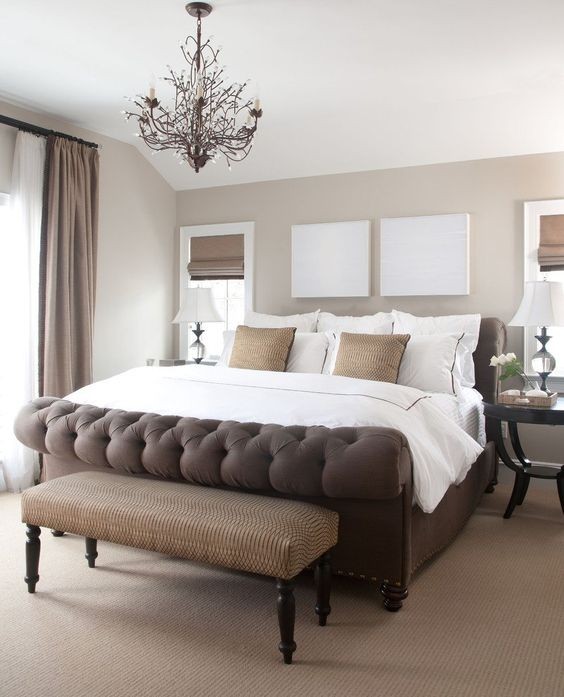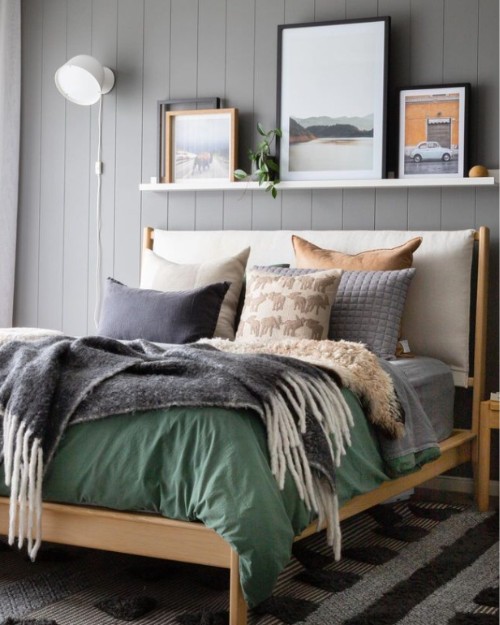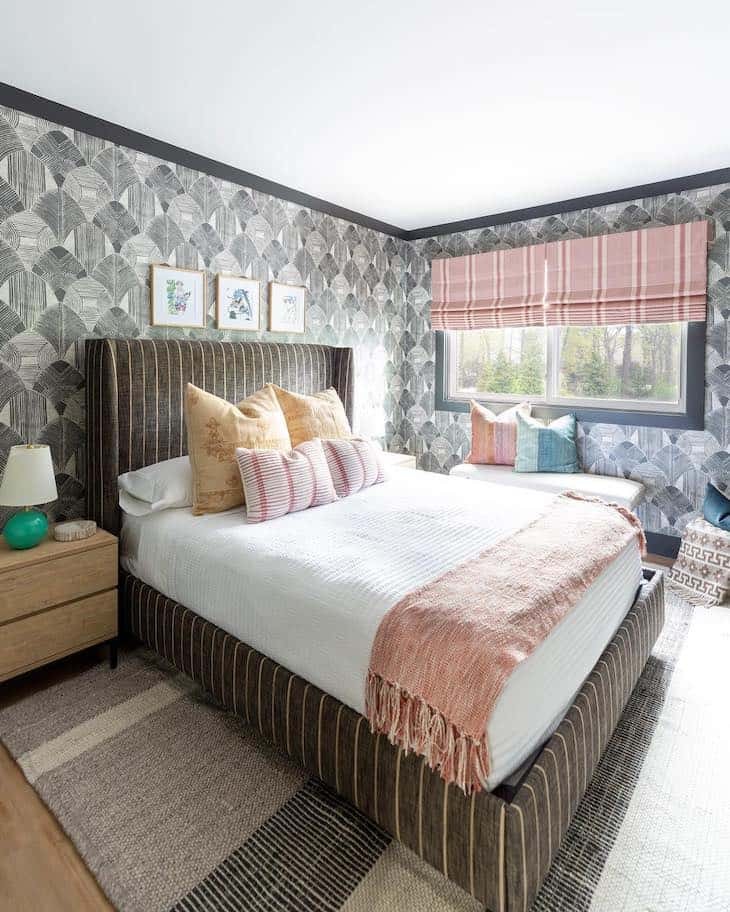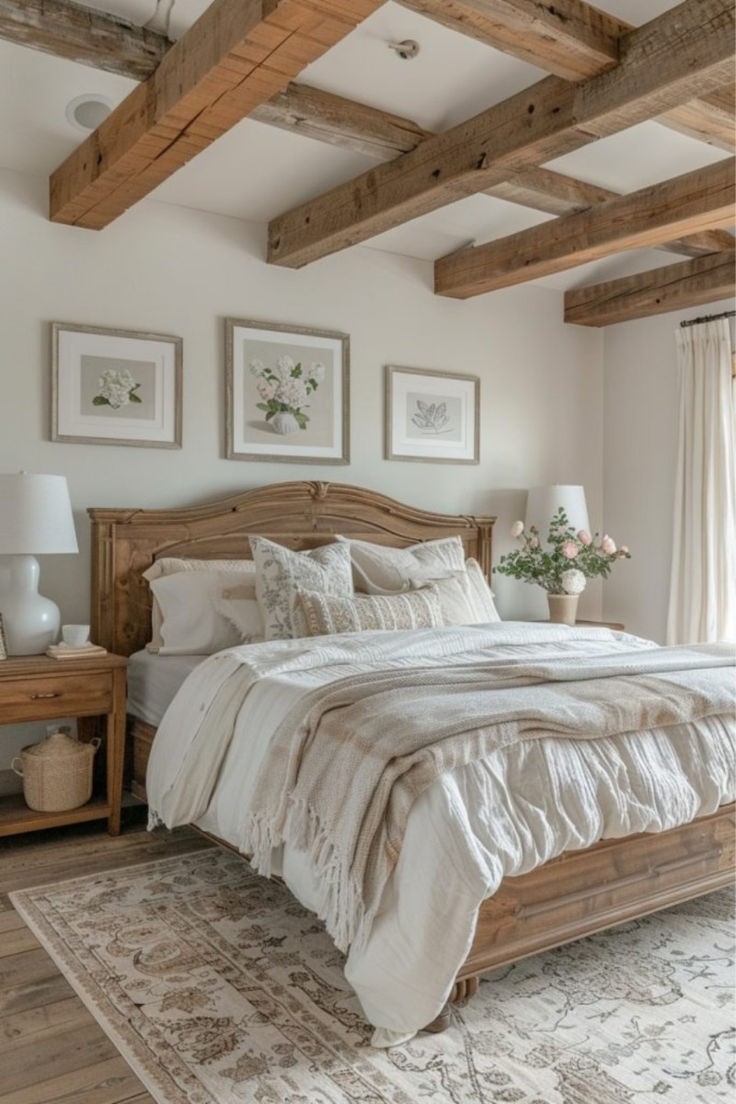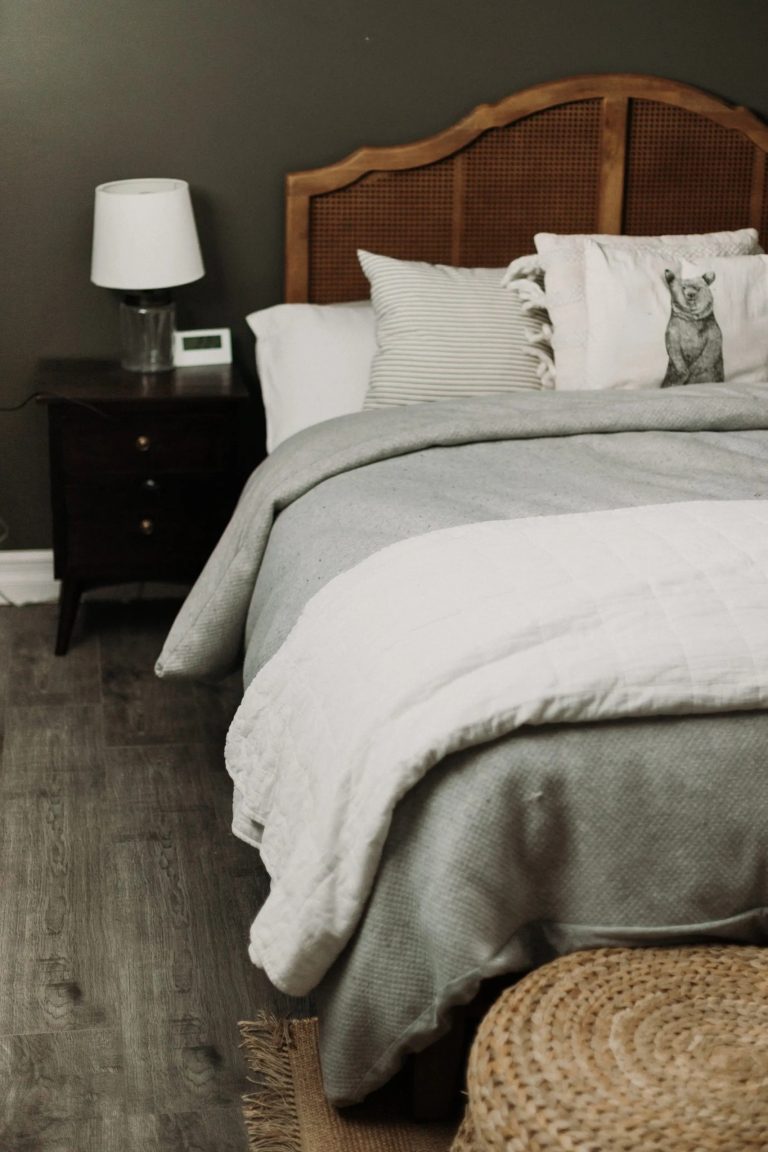21 Genius Ideas For How To Make A Small Bedroom Look Bigger
In today’s fast-paced world, urban dwellers often struggle with limited living space, particularly in their bedrooms. But just because your bedroom is small doesn’t mean it has to be devoid of style or comfort. With a dash of creativity and strategic design choices, you can transform even the most compact bedroom into a spacious and inviting retreat.
To achieve this, we’ll delve into practical tips for making a small bedroom appear larger.
From cleverly arranging furniture to leveraging optical illusions and thoughtfully selecting color schemes, we’ll cover a range of techniques that will help you maximize space and create a more open and airy ambiance.
Whether you’re dealing with a cozy apartment bedroom or a compact guest room, these tips will empower you to make the most of your space without compromising on style or functionality.
Get ready to unlock the full potential of your small bedroom and turn it into a tranquil oasis that you’ll love spending time in.
Light Colors
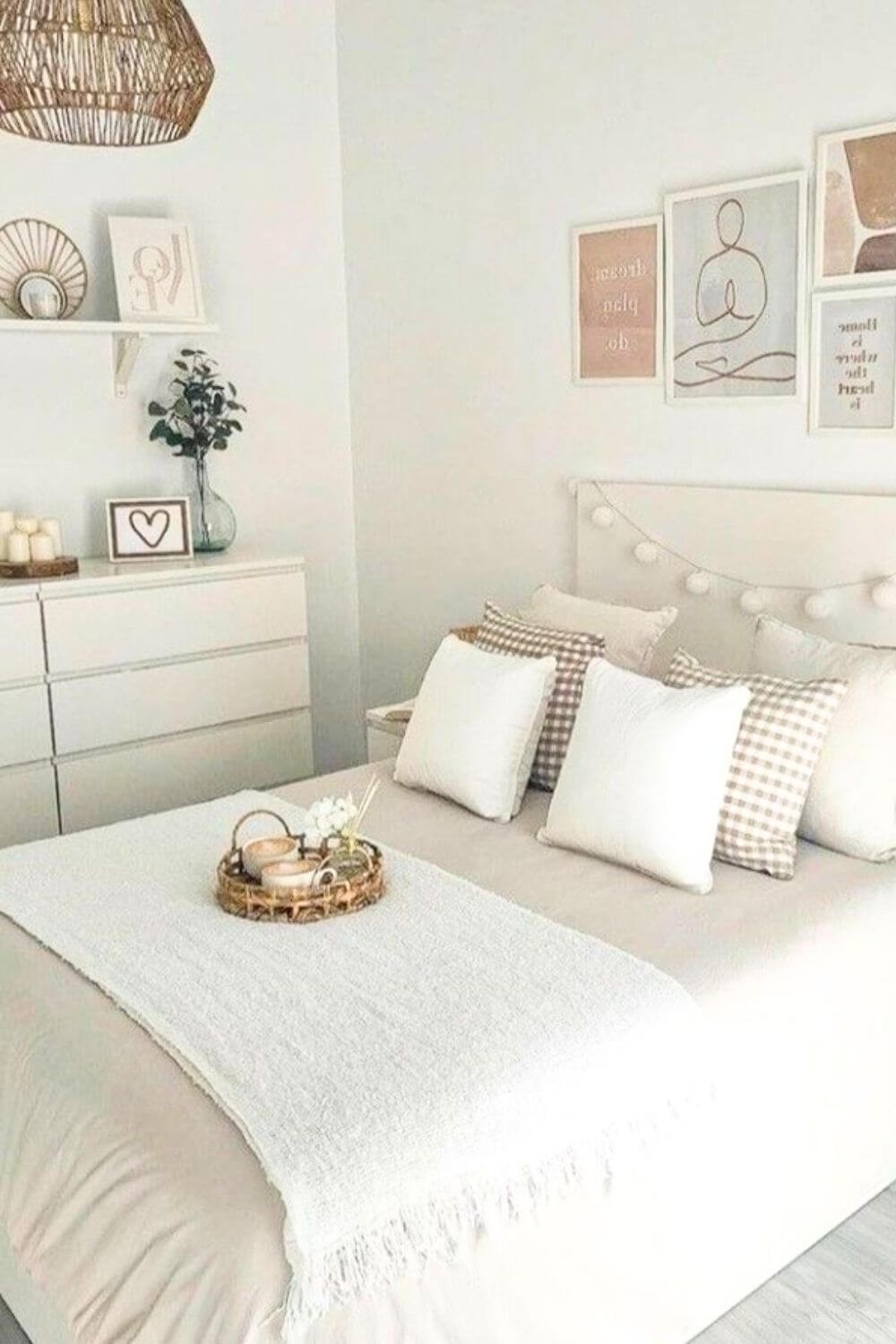
Opt for a palette that’s as bright as your ideas! Paint the walls and ceiling with a calming tone that reflects light, such as pure whites, creamy hues, or gentle pastel shades. This subtle yet effective trick will create the illusion of a more spacious environment by bouncing light around and making it feel roomier.
Mirrors
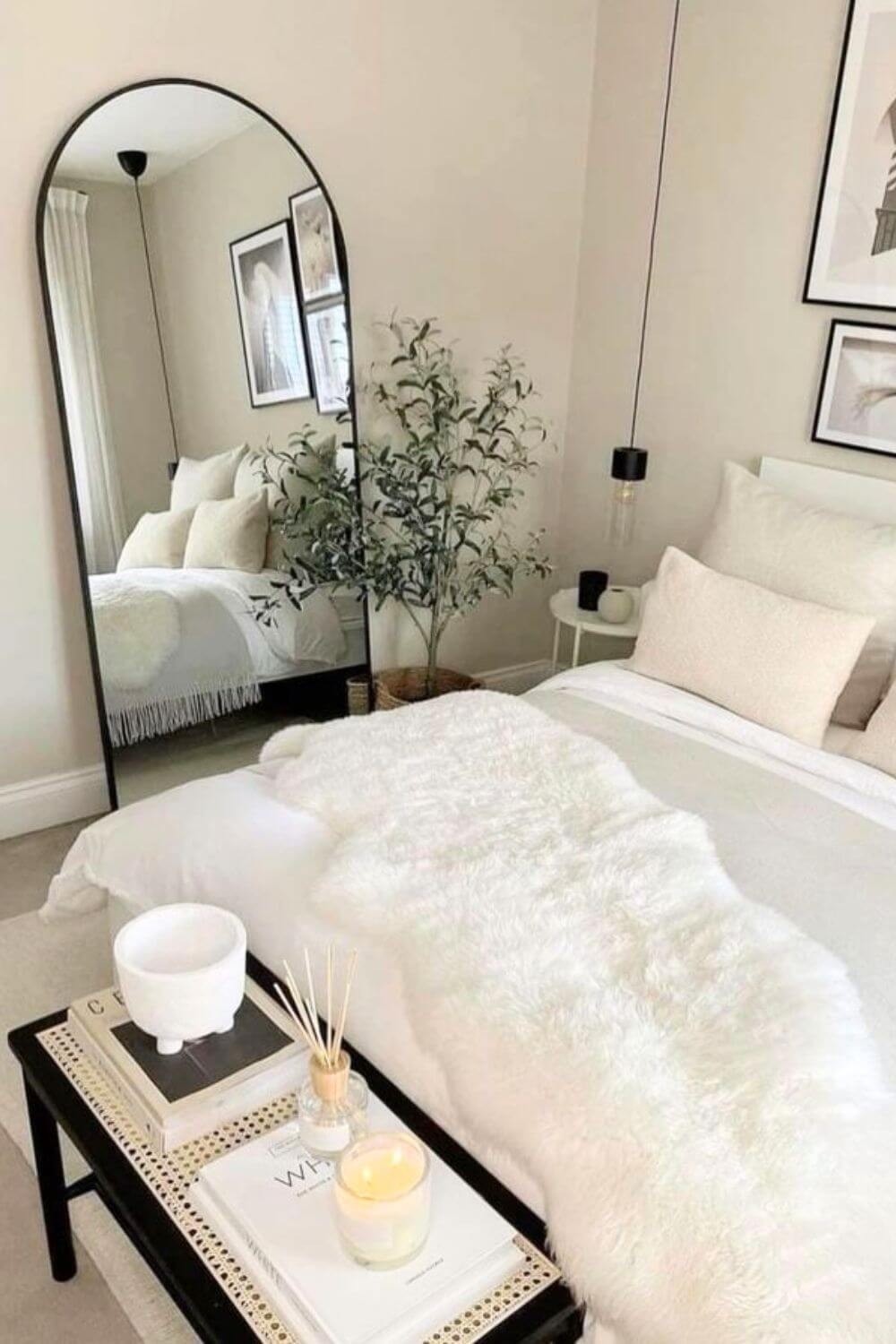
To visually enhance your space, consider placing mirrors strategically around the room. One effective technique is to hang them on a single wall or even on closet doors. This clever trick creates an optical illusion that makes the room seem more spacious than its actual dimensions. By reflecting light and amplifying any available natural light, mirrors can create a sense of grandeur and openness, making your space feel more expansive.
Multi-Functional Furniture
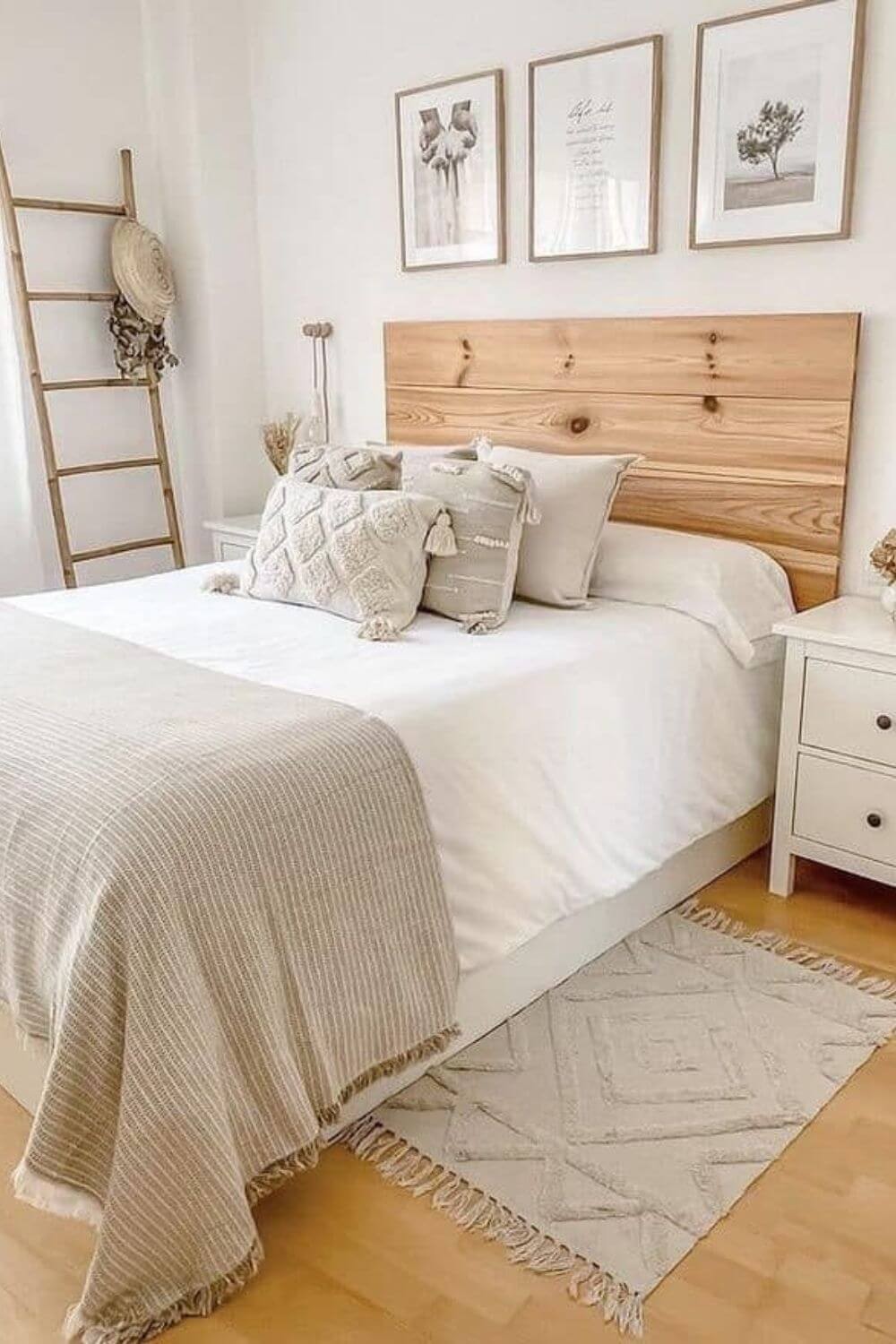
When selecting furniture for your tiny home, consider opting for multi-functional pieces that can serve multiple purposes at once. A great example is a bed with integrated storage compartments or a fold-down desk that can be tucked away when not in use. By doing so, you’ll effectively boost the overall functionality of your space while keeping clutter at bay.
Opt for Leggy Furniture
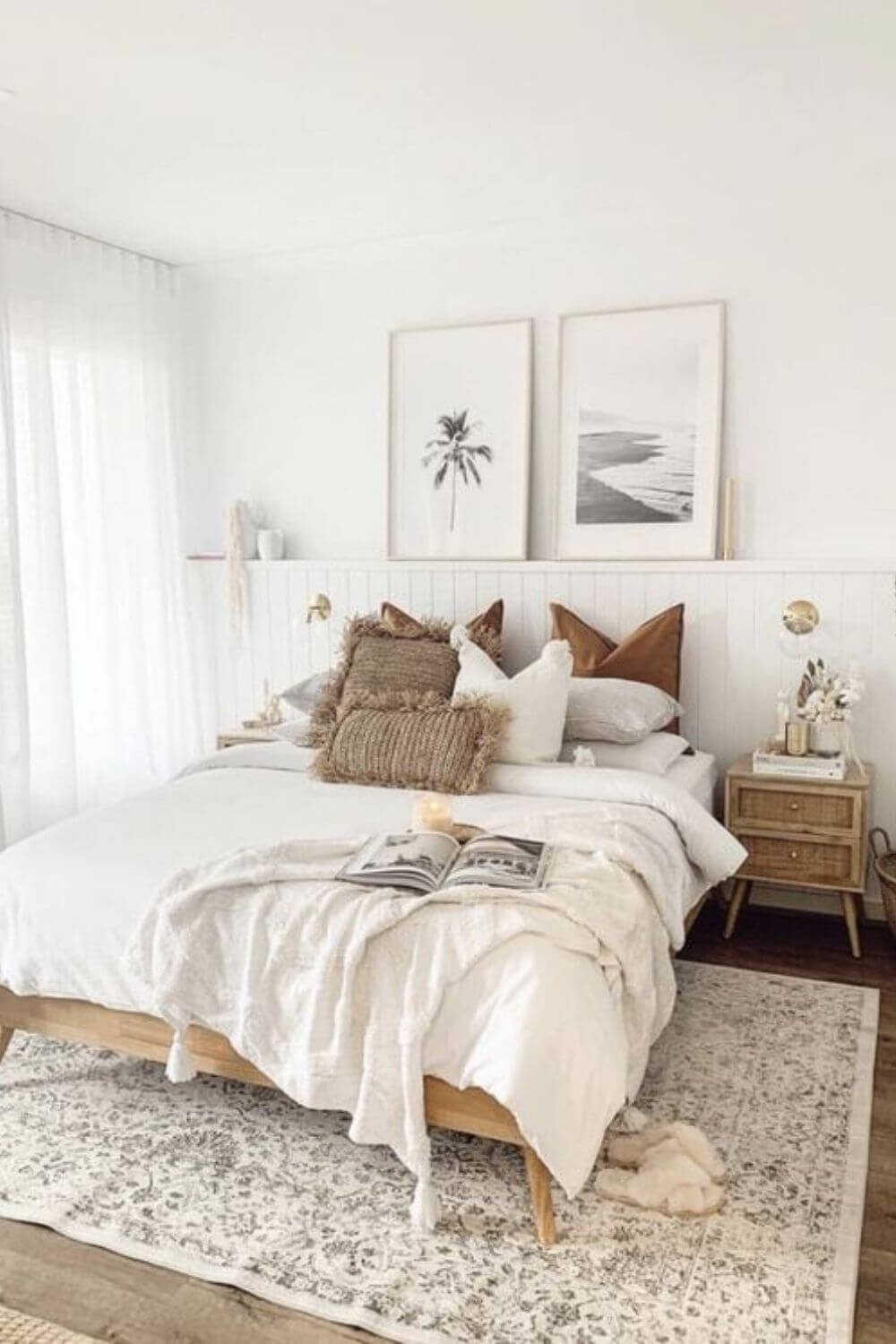
By incorporating furniture with exposed legs into your design, you can create the illusion of more expansive space. This is achieved by allowing natural light to filter through and creating a sense of visual continuity from one area to another. To accomplish this, opt for sleek, slender-legged pieces like sofas, chairs, and tables that elevate your floors rather than those that sit flush with the ground.
Scale Appropriately
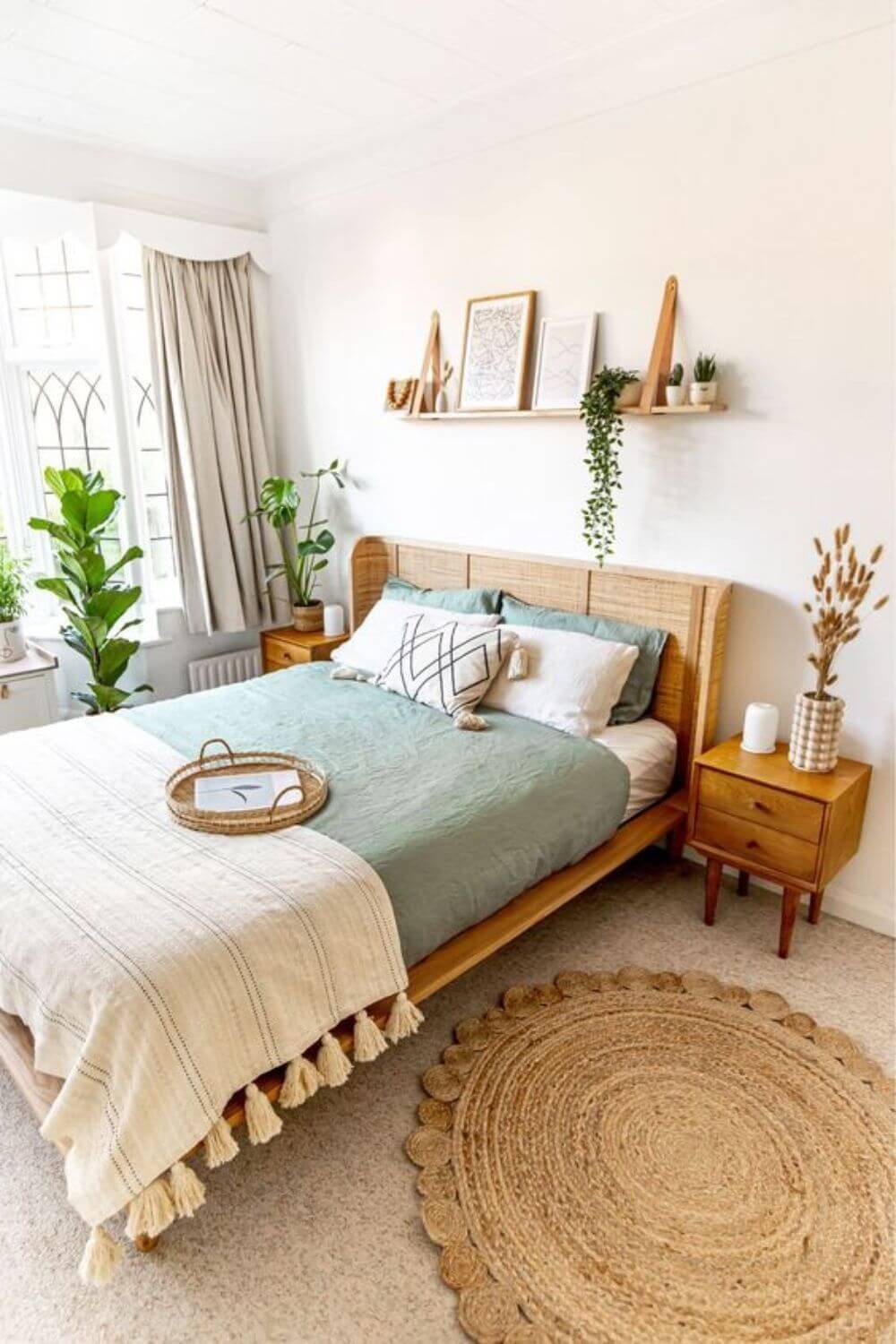
When selecting furniture, it’s crucial to consider the proportionality with the room. Rather than opting for oversized pieces that can overwhelm the space, aim for sleek and streamlined options that harmonize with the environment.
Vertical Storage

To maximize the sense of height in a room, consider incorporating vertical elements that take advantage of the space above the floor. Installing shelves or wall-mounted storage units is an effective way to do this, as it not only keeps the floor area clear but also creates a visual draw upward, giving the illusion that the ceiling is higher than it actually is. By doing so, you can create a sense of grandeur and openness in the room.
Declutter

To preserve the sensation of airiness, ensure that surfaces are kept clear of clutter. Implementing clever storage solutions, such as wicker baskets, discreet containers, or covert compartments, can effectively conceal items from view, thereby fostering a sense of openness.
Lighting
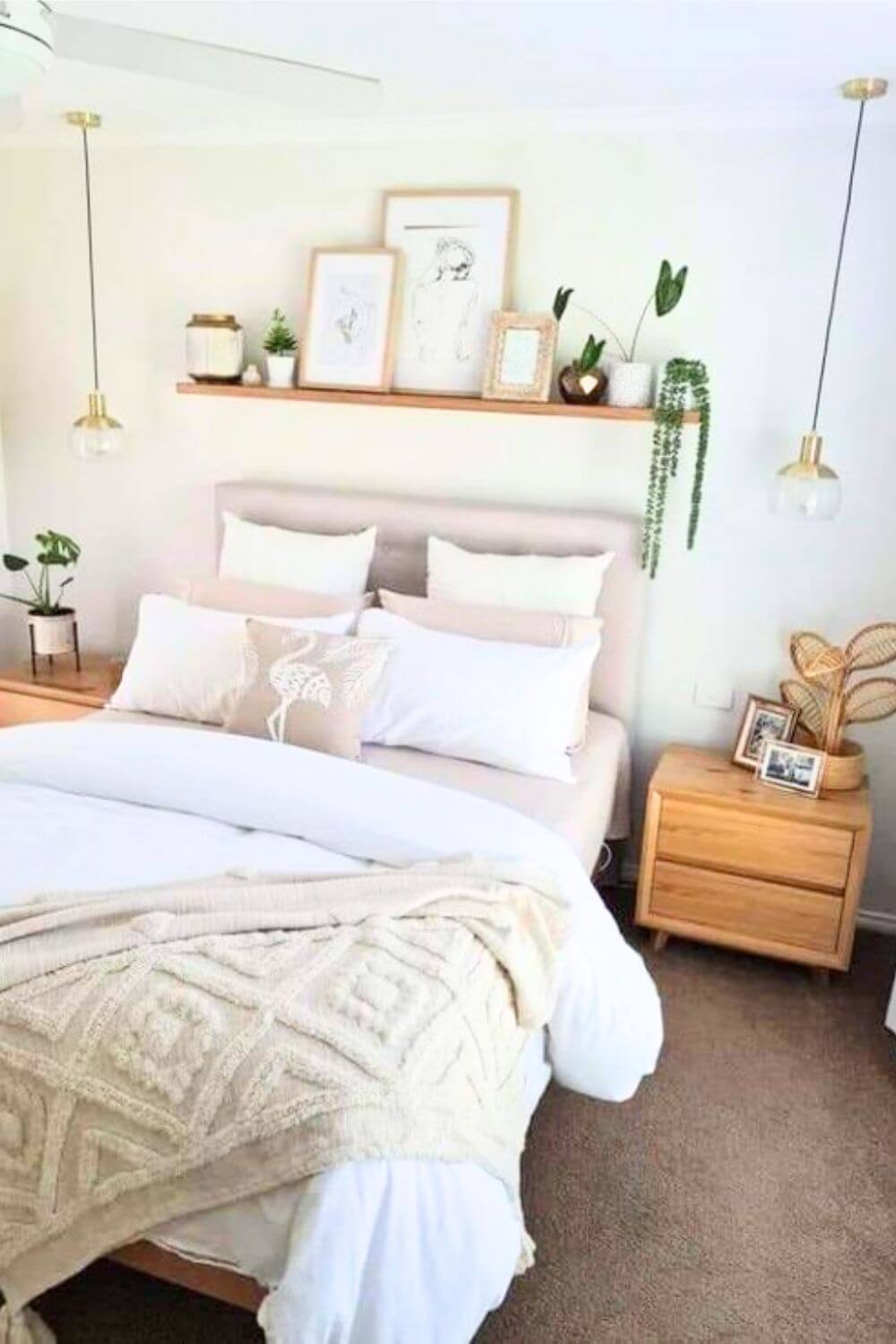
To effectively illuminate your space, it’s essential to strike a balance between ambient and task lighting. This harmonious blend will not only banish dark corners but also create an illusion of greater openness. By incorporating a mix of overhead light fixtures like ceiling-mounted hangings and wall-mounted bedside lamps, you’ll be able to cast a warm glow that complements your room’s unique characteristics.
Stripes and Patterns
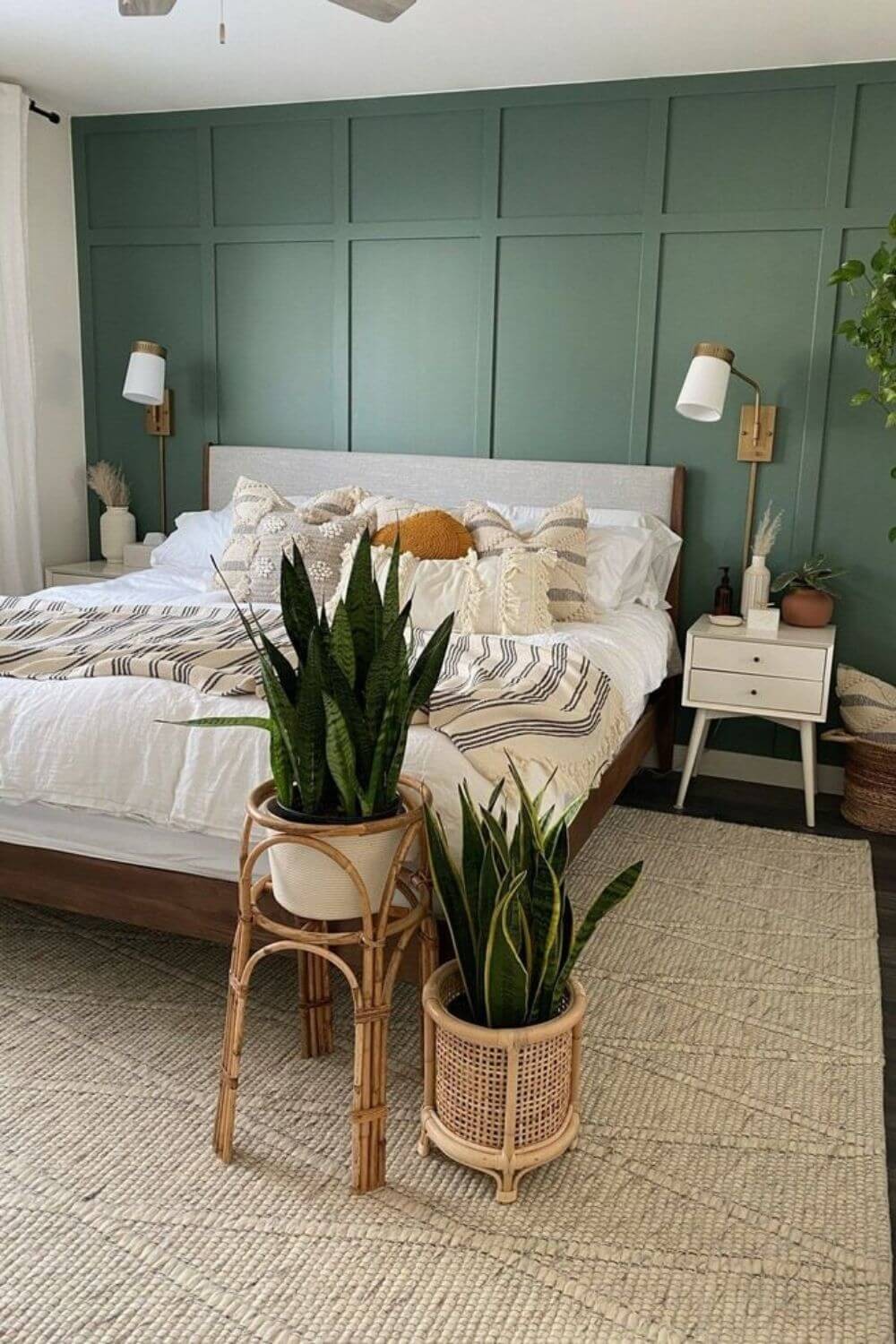
To visually trick the mind into perceiving a more expansive atmosphere, consider incorporating vertical elements such as stripes or patterns in your decor. This clever design trick can effectively draw the eye upward and create an illusion of higher ceilings. It’s essential to strike a balance, though – avoid overwhelming the space with busy patterns that might have the opposite effect.
End of bed bench
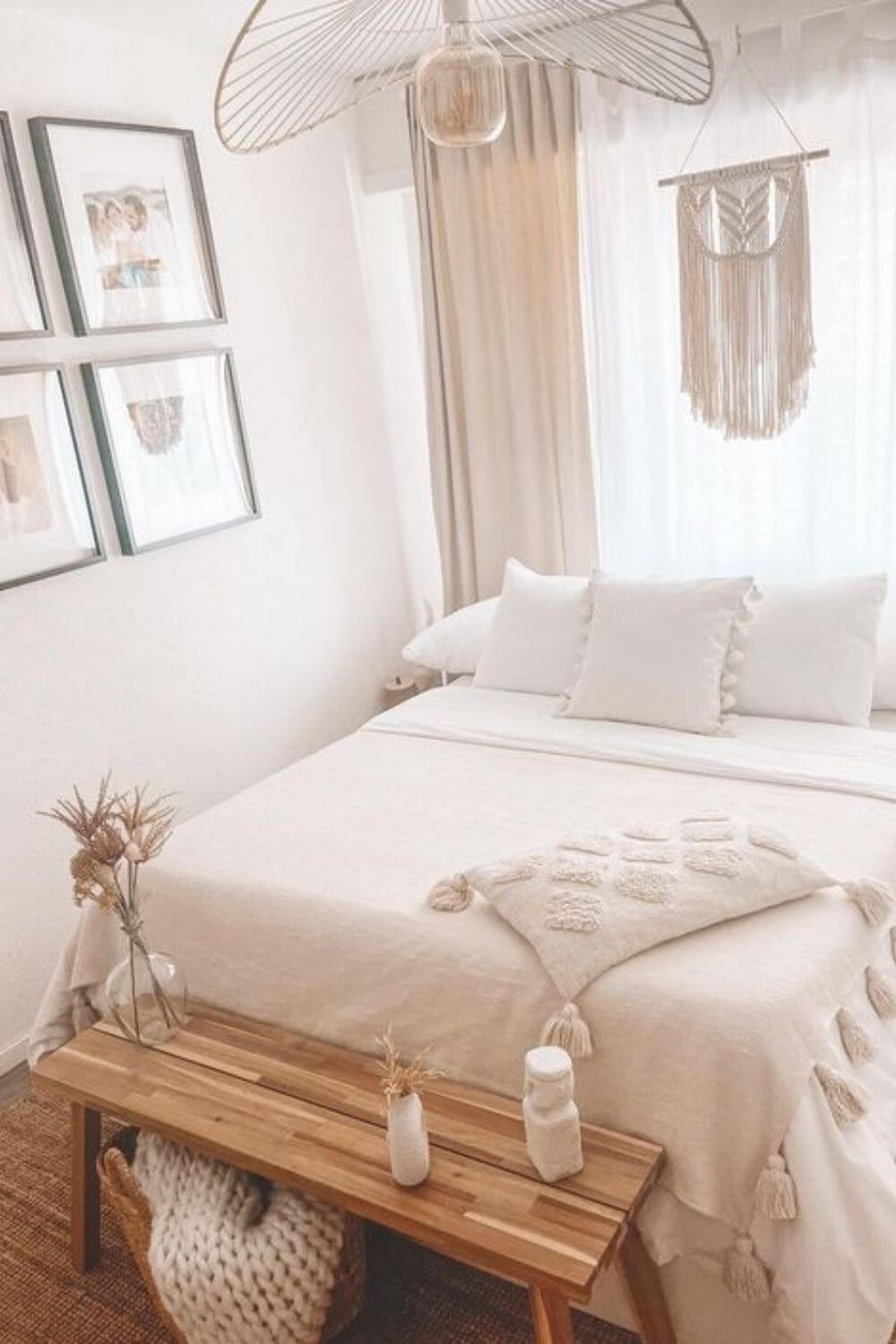
In a small bedroom, an end-of-bed bench can be a game-changer. Not only does it provide a stylish accent piece, but it also serves as a practical solution for the space. Its sleek design allows it to seamlessly blend into the room without overwhelming the senses, while its functionality enables it to double as a seating area, storage compartment, or display surface for decorative items.
This versatility is especially valuable in compact settings where every inch counts, effectively maximizing both aesthetics and utility.
Minimalist Decor
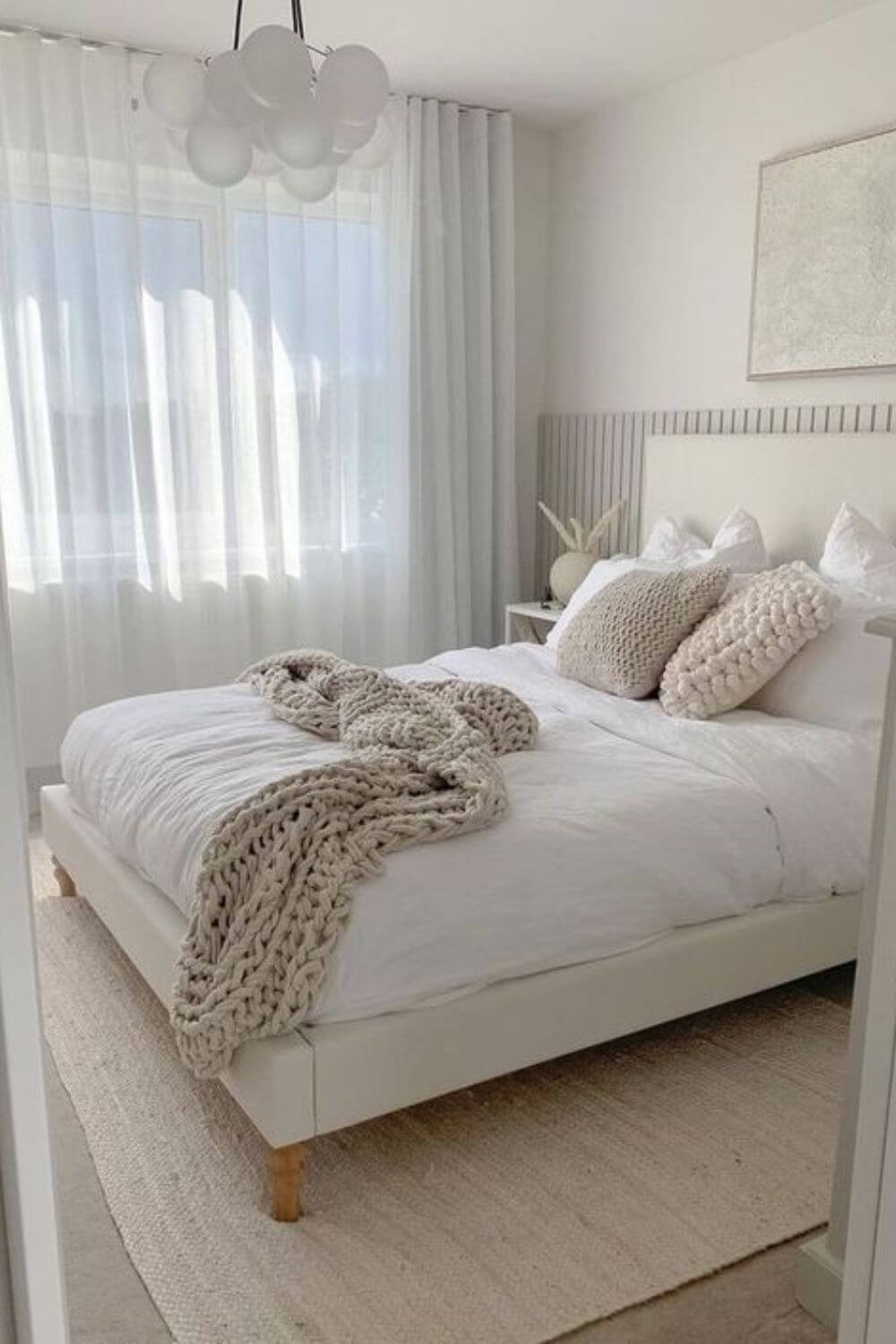
Optimize your interior design by embracing a simplified aesthetic, where just a handful of carefully selected decorative elements elevate the space without dominating it. By curbing the urge to over-accessorize and focusing on a select few statement pieces, you’ll create a visually appealing environment that exudes calmness and sophistication.
Strategic Placement of Furniture
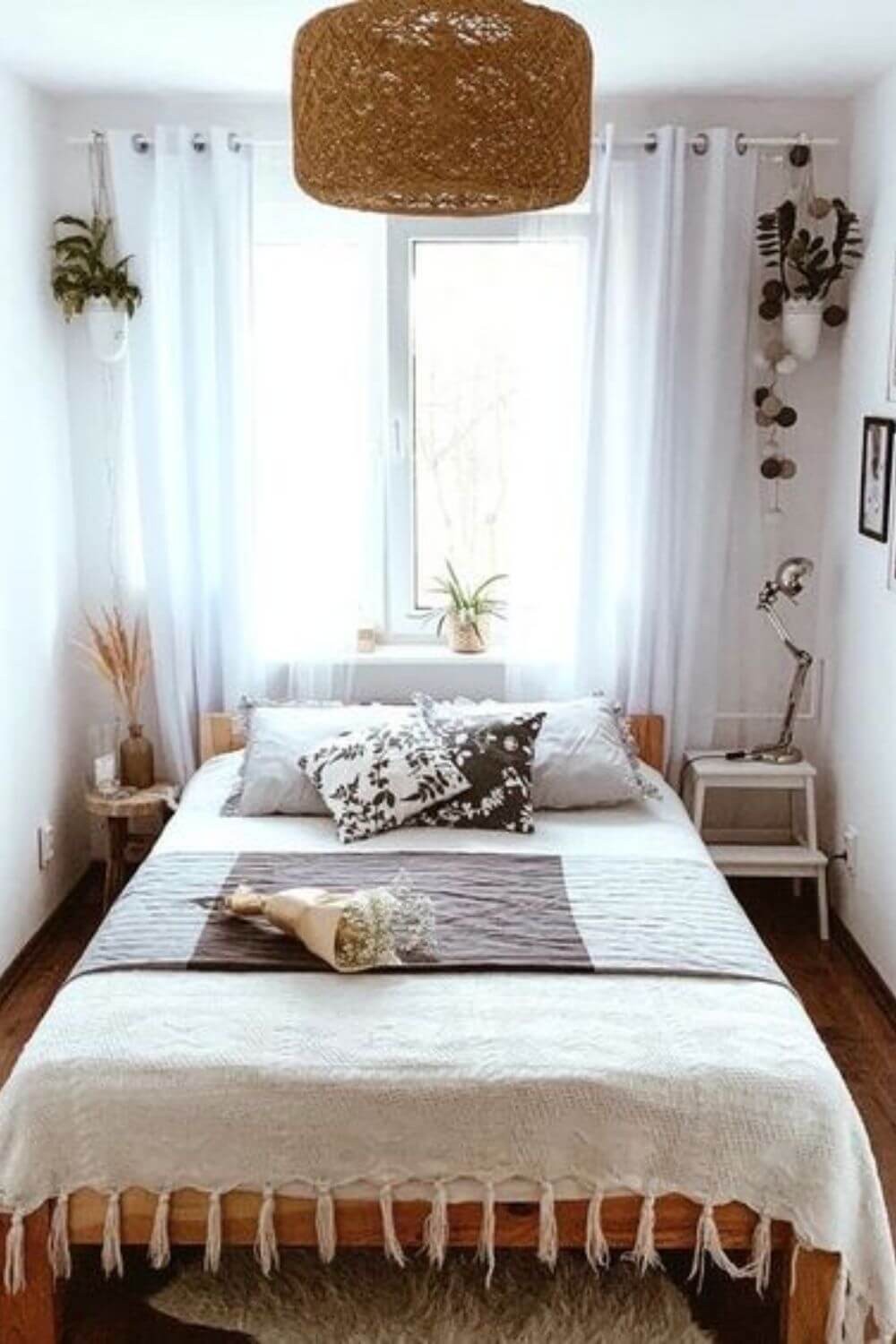
To achieve a more open and airy atmosphere, consider placing furniture along the walls of the room, leaving a central zone free from obstructions. This layout not only creates a clear pathway but also fosters a sense of freedom and ease of movement. By doing so, you can maintain a smooth flow and ensure that all areas of the space remain accessible.
Use Light-Colored Flooring
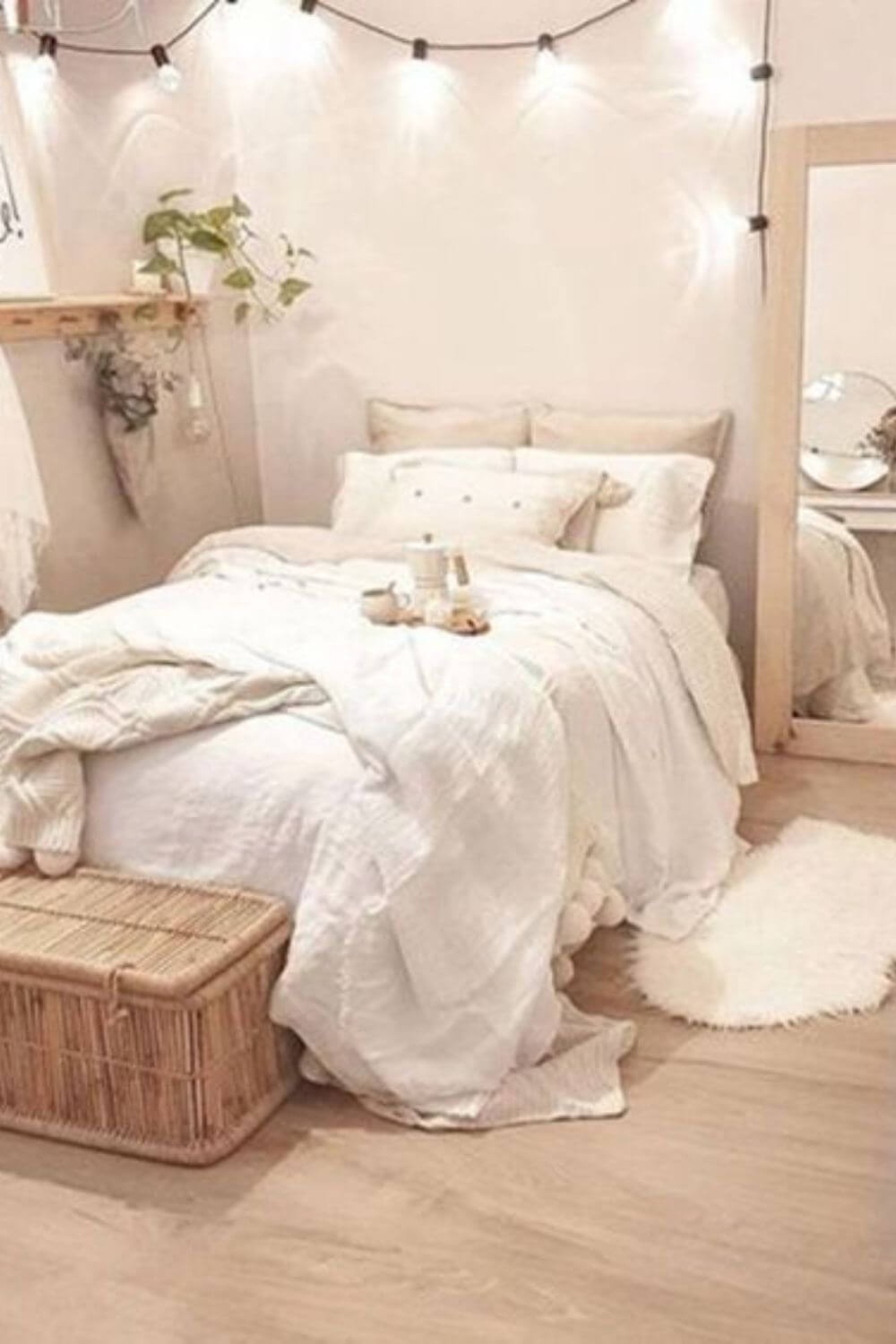
Opting for light-colored flooring materials, like light wood or pale laminate, can be a clever choice. These hues have a reflective quality that helps bounce natural light around the room, creating an illusion of increased brightness and airiness. The result is a space that feels more open and inviting.
Create Visual Interest with Texture
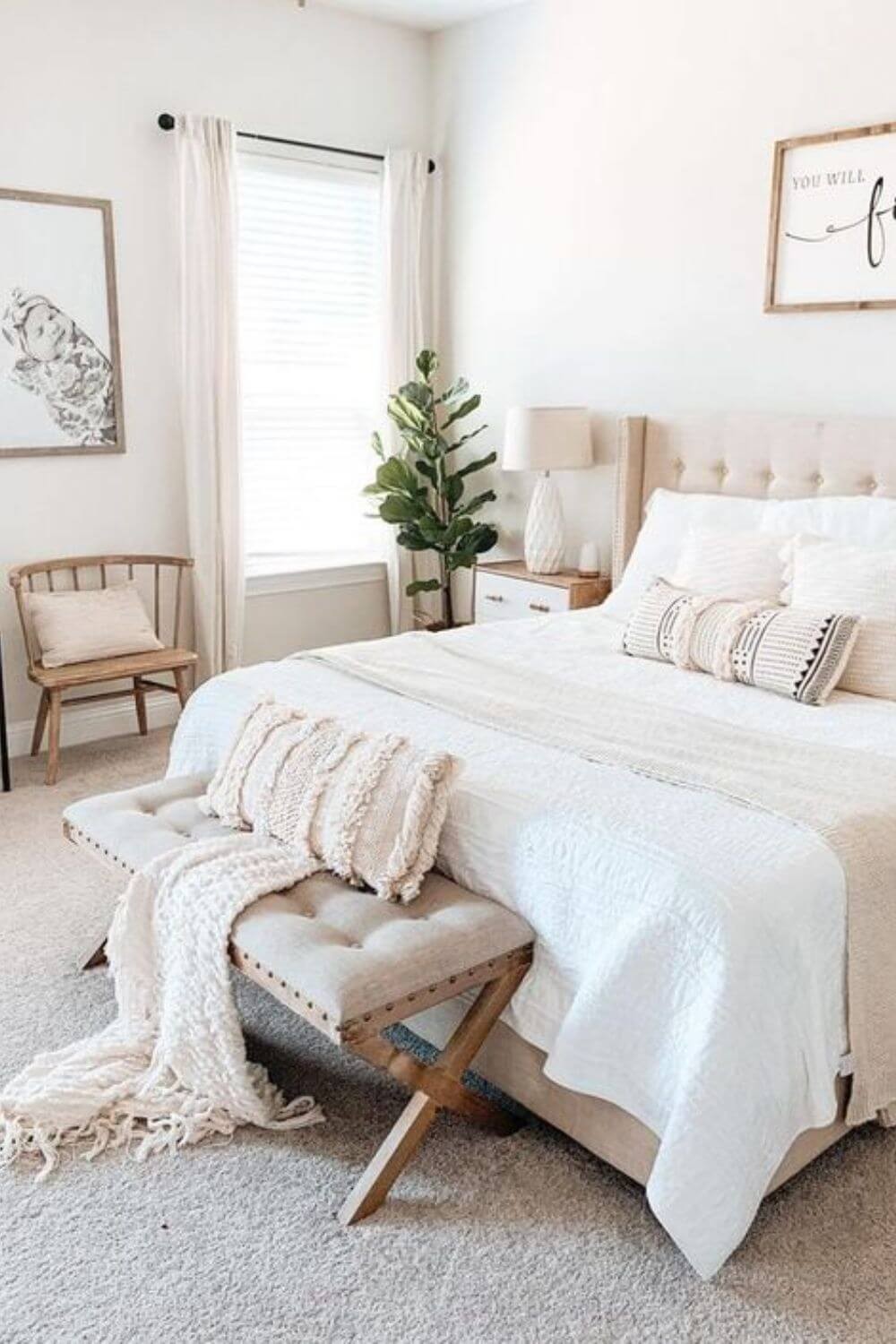
To infuse your space with visual allure, incorporate textured elements through a medley of textiles like plush rugs, chunky throws, and sumptuous pillows. By introducing varied textures, you can add an extra layer of depth to the room without overwhelming it, generating a captivating visual dynamic.
Opt for Furniture with Reflective Surfaces
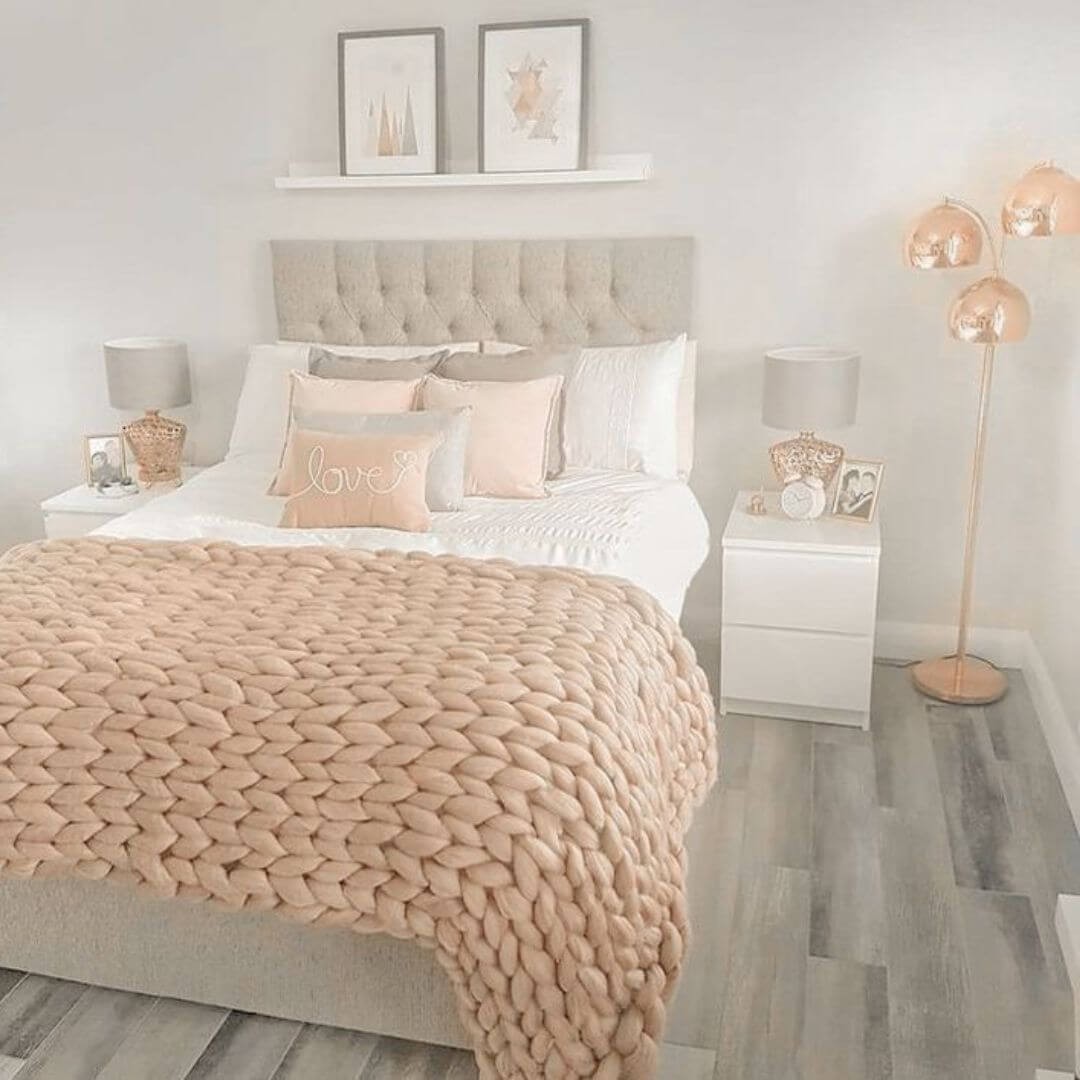
When selecting furniture for your space, consider incorporating pieces with reflective surfaces like glass or mirrored finishes. This design element has a profound impact on the overall ambiance of the room, as these surfaces skillfully redirect light to create an airy and expansive atmosphere.
Keep Window curtains Simple
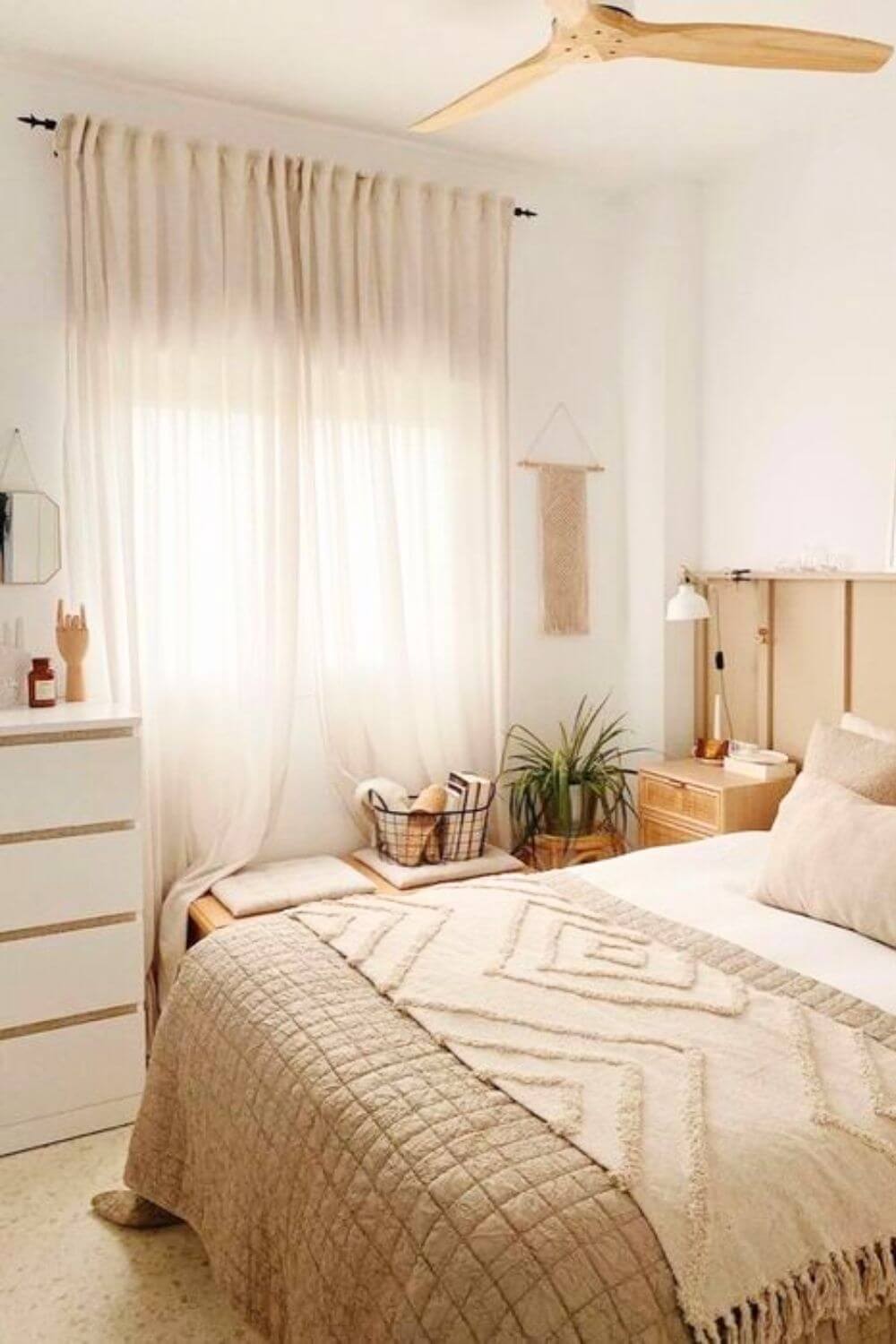
When it comes to choosing window treatments for your living room, simplicity is key. Opt for blinds or sheer curtains that allow natural light to flood in and create a bright, airy atmosphere. Avoid heavy drapes or overly elaborate coverings that can make the space feel cramped and weighed down. Instead, consider installing floor-to-ceiling curtains that draw the eye upwards, creating the illusion of higher ceilings and larger windows.
This clever trick can work wonders for making your living room feel more spacious and inviting.
Floating Furniture
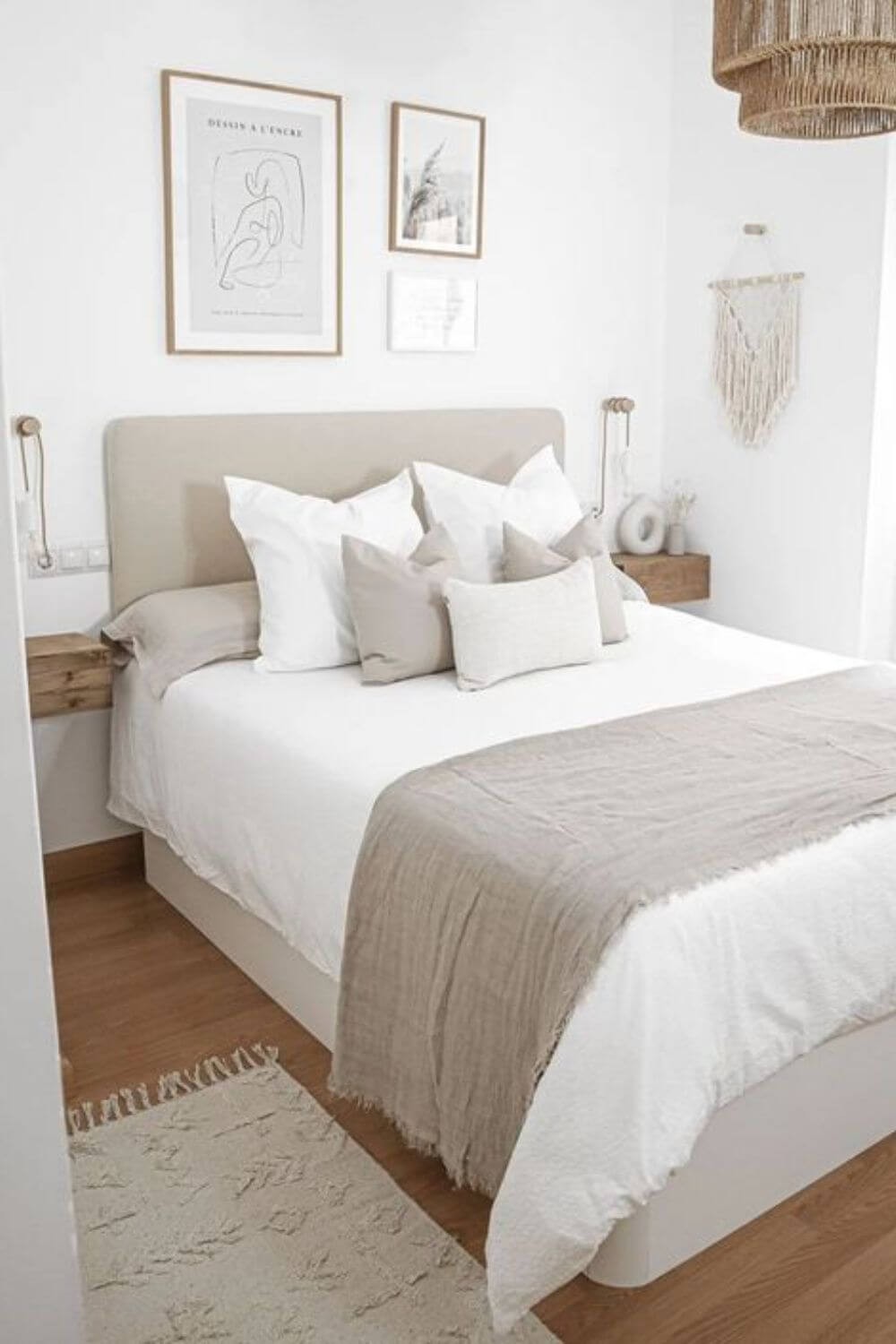
Opt for versatile furniture arrangements that allow for flexible use of space. Consider selecting floating or wall-mounted options like bedside tables, nightstands, and desks to achieve an airy feel and liberate your floors from clutter. By doing so, you’ll create the illusion of a more expansive room, making it appear larger than its actual dimensions.
Optical Illusions with Art
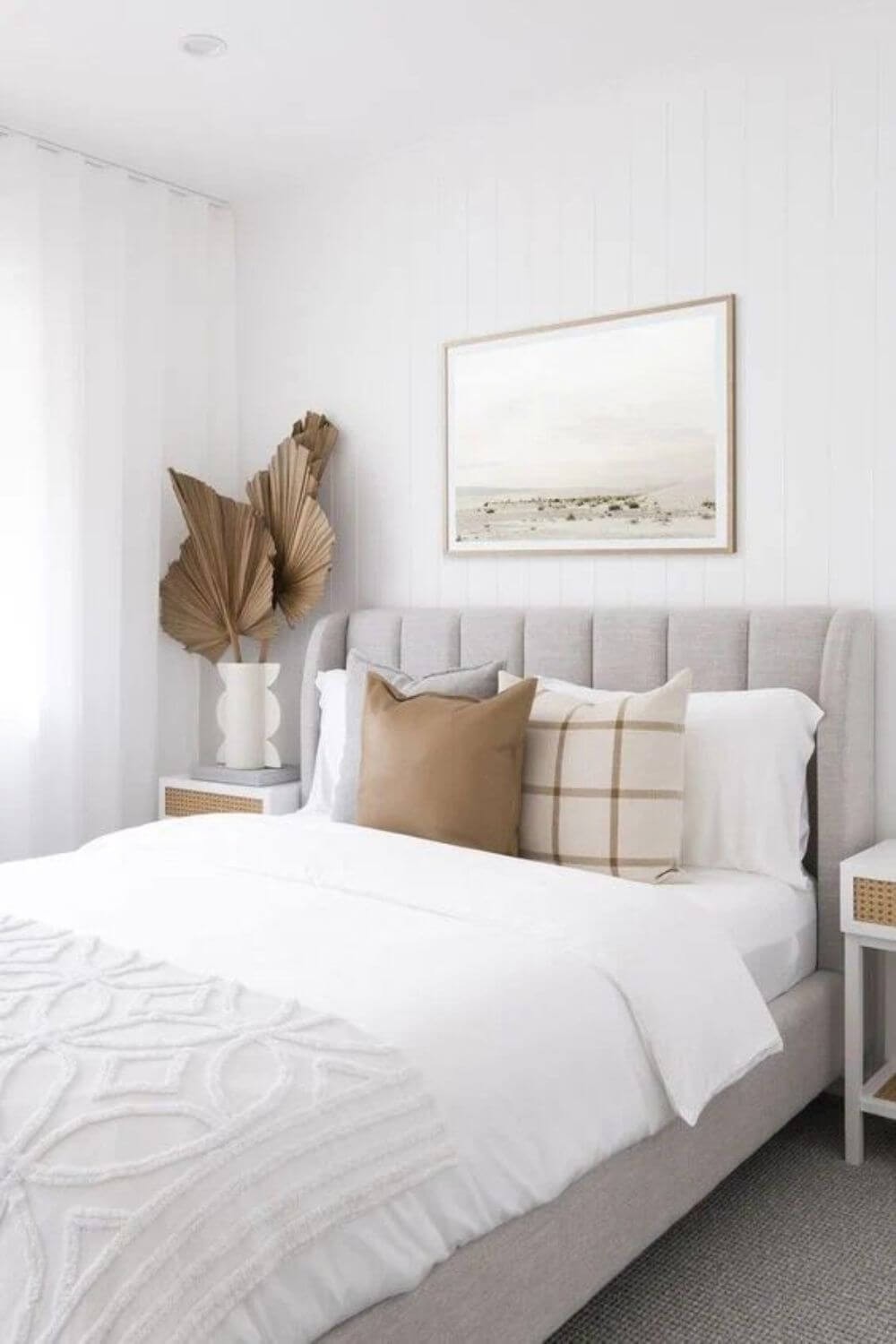
To inject visual interest into the space, consider hanging large-scale artwork or mirrors on the walls. This technique creates focal points that can help make the room feel more expansive than its actual dimensions. When selecting pieces, prioritize those that harmonize with the scale of the room and incorporate elements that guide the eye upward or outward, effectively drawing attention away from any architectural limitations.
Translucent Furniture
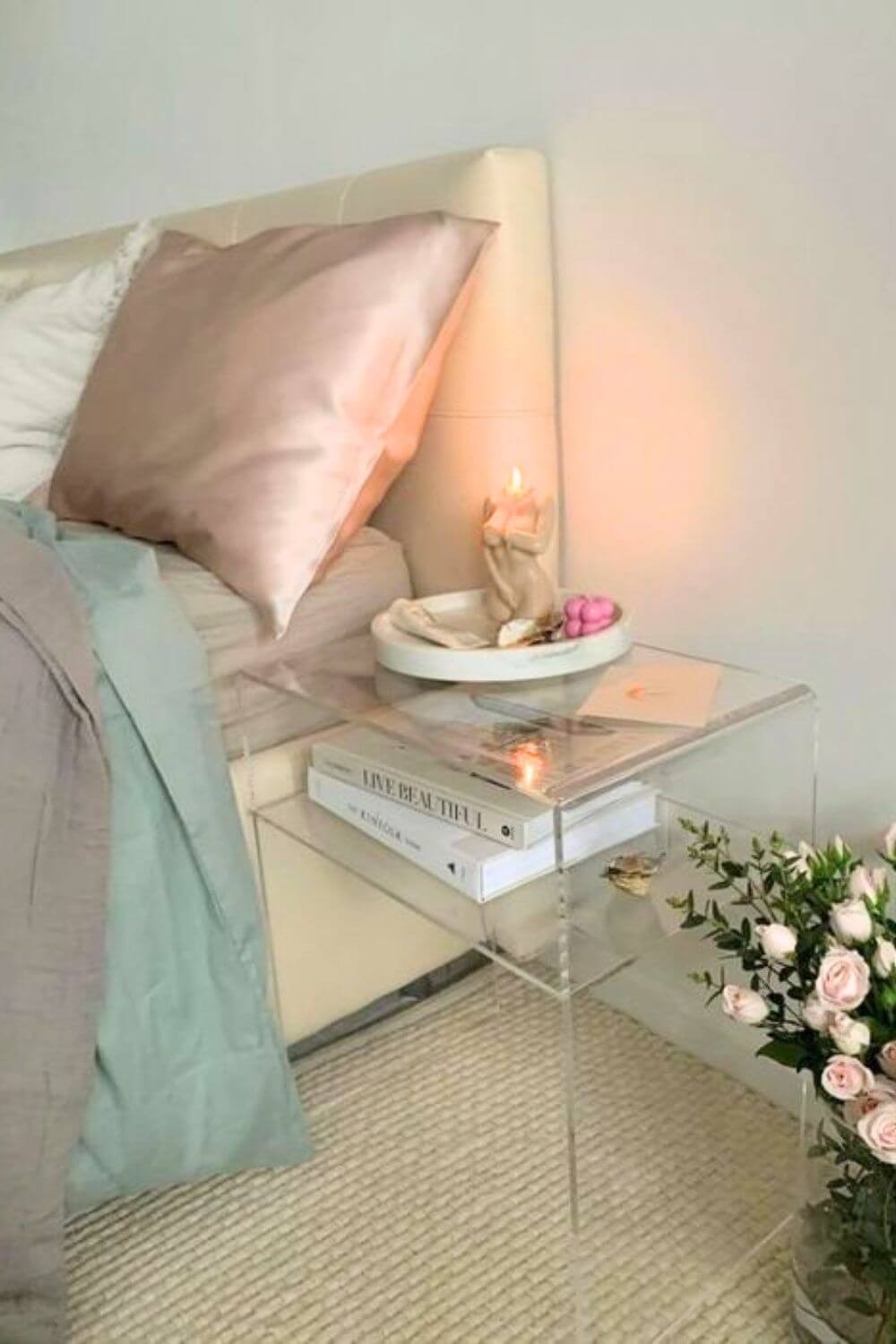
When selecting furniture for a minimalist living space, opt for pieces featuring translucent materials such as acrylic or glass. This design choice allows the furniture to blend seamlessly into its surroundings, giving the impression of a clean and unencumbered environment that flows effortlessly.
Monochromatic Color Scheme
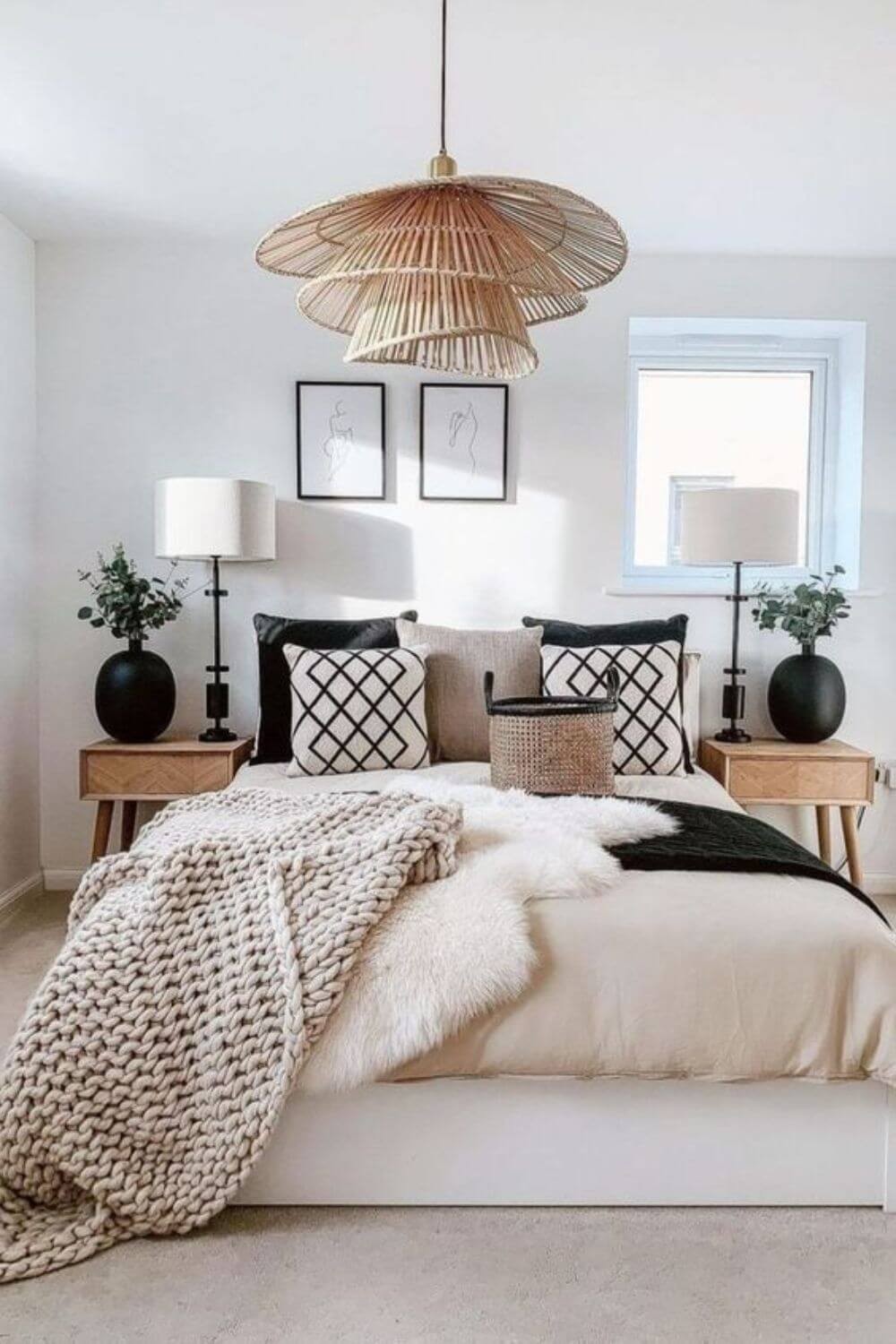
For a sense of continuity and harmony, opt for a single-color scheme that ties together walls, furniture, and decorative elements. By doing so, you’ll create a unified visual language that appears to stretch the space, effectively minimizing visual chaos.
Create Zones
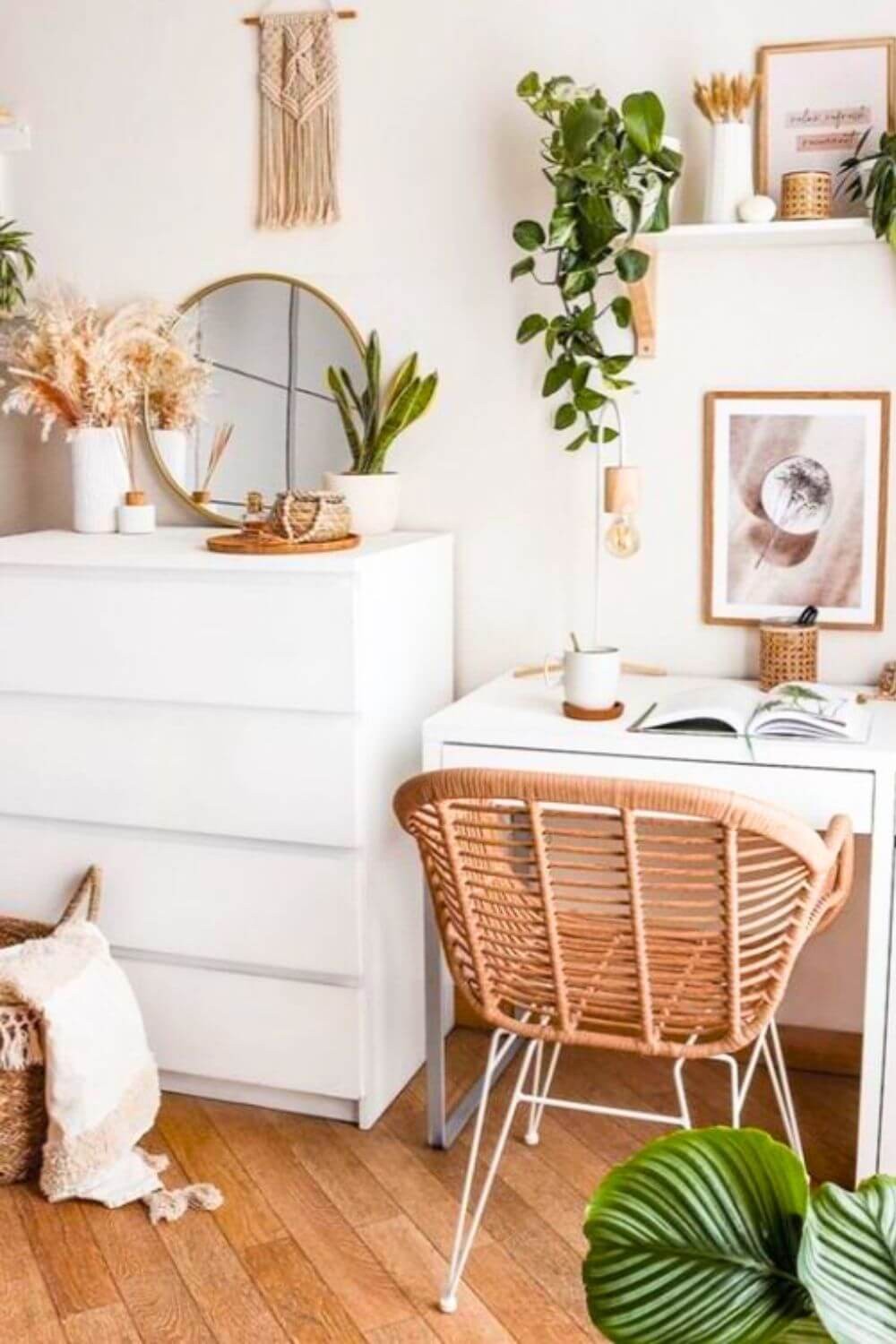
To create a sense of organization and visual flow in the room, consider defining distinct functional zones using area rugs, furniture arrangement, or a combination of both. This simple strategy can help separate sleeping, working, and lounging areas, ultimately making the space feel larger and more inviting.

